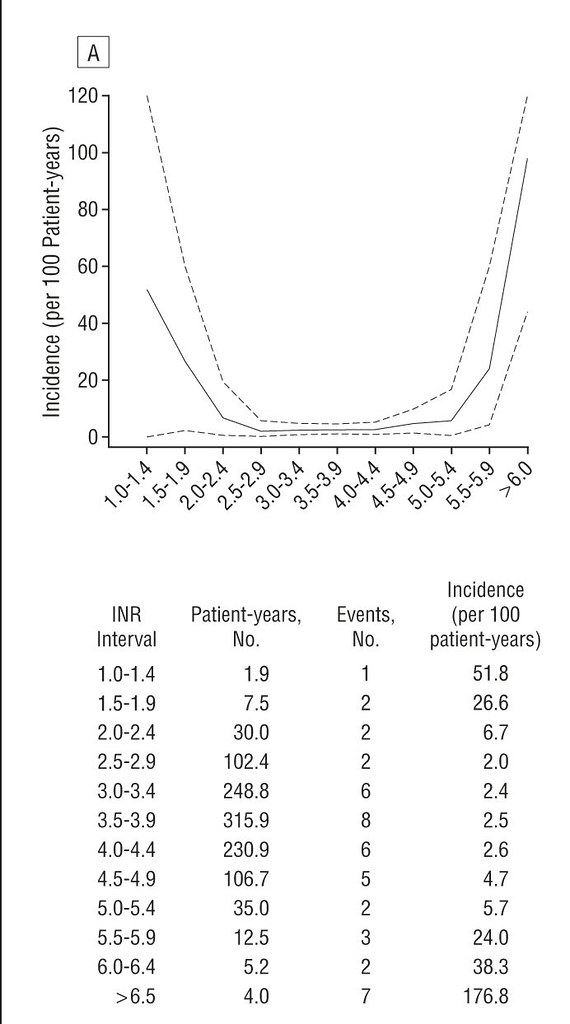Lawdog
Active member
I have had an ON-X installed since Summer 2015. I was 40 at the time of my surgery, so I wanted the value that would allow me to remain active and to worry the least about the very real side-effects of anticoagulation therapy. Post-surgery, my physicians approved a PT/INR range of 1.5 to 2.0. Despite the lower range, I insisted on, and continue to maintain, an INR range of 1.5 to 3.0. I keep excellent records of my INR testing, and since late 2015, my actual INR results have has been as low as 1.6 and as high as 2.8. Personally, I target 2.0 and have been successful maintaining it, with occasional swings, through a healty diet and my daily 5 mgs tablet of warfarin.























